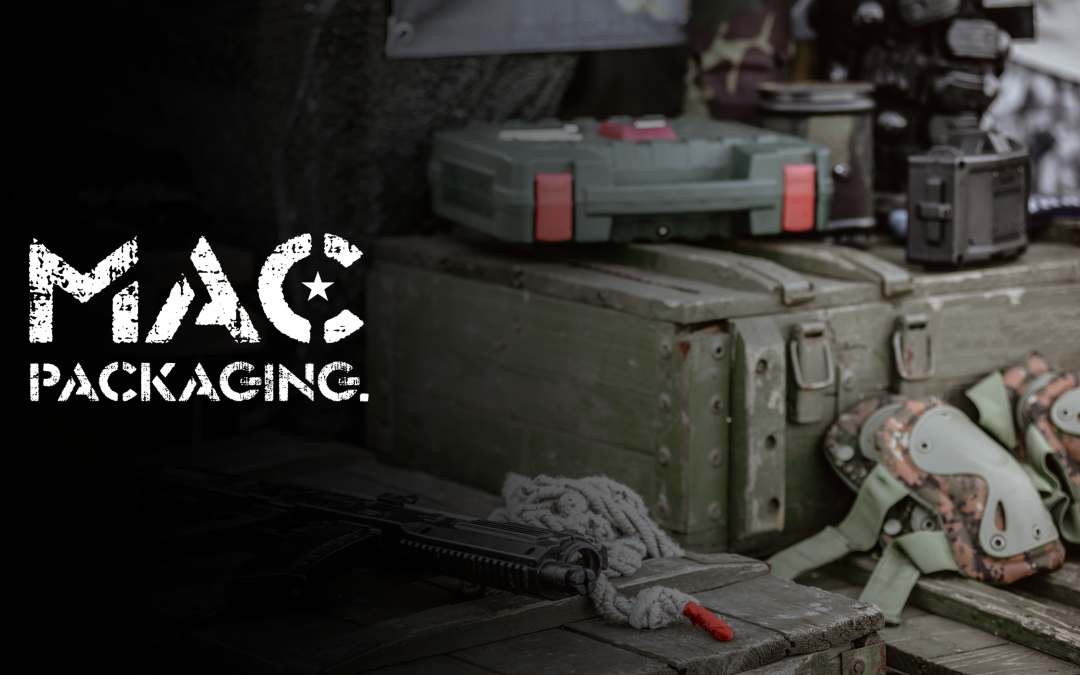Commercial Shipping and Packaging: The Art of Packaging
Today I wanted to talk about Standard Practice for Military Packaging, as distinct from commercial packaging. While it can seem very technical and be a somewhat difficult read for anyone not in the industry, the distinctions are important to understand if you have or are thinking of bidding on a Government contract. The Packaging and Marking Guide for DoD covers MIL-STD-2073, which details military packaging requirements as they differ from standard commercial packaging methods. The requirements of this standard shall only be applied to the packaging of items that are expected to enter the military distribution system, and don’t apply to standard commercial packaging standards. MIL-STD-2073 also entails the method of preservation to protect material against environmentally induced corrosion and deterioration, physical and mechanical damage, and other forms of degradation during storage, when it is not intended for immediate use, is stored and/or moved within or between DOD facilities.
The requirements for packaging and preservation can originate in bid-packages and contracts. Any contract that invokes MIL-STD-2073 will be very specific as to the requirements. It is important to remember that MIL-STD-2073 automatically requires MIL-STD-129 labeling on all packaging and shipping containers. MIL-STD-129 Military Markings are the military standard for uniform marking for shipment and storage and is used for maintaining uniformity while marking military equipment and supplies that are transported through ships. This standard has been approved for use by the United States Department of Defense and all other government agencies. MIL-STD-129 specifies that items must be marked for easy identification before they are transported. The marking helps the military personnel to fill the necessary requisition, when a stock goes short of the balance level. MIL-STD-2073 covers all aspects of military packaging and preservation. When cited in contracts or solicitations, a series of codes will be provided that cover each packaging and preservation category.
MIL-STD-2073 does invoke MIL-STD-129 for package marking and it also provides an inspection regime and criteria for packaging operations. It is crucial that all requirements are met as failure to comply with these requirements can be costly and result in the shipment being rejected at the destination and payment of the contract suspended. When this happens the contractors score suffers, it can negatively impact future opportunities, and the contractor may also have to reimburse the government for the materials and effort to repackage the goods. Packaging and preservation provide a wide array of logistics scenarios that any item may encounter. These packaging requirements are also the military specified methods of preservation to protect material against environmentally induced corrosion and deterioration, physical and mechanical damage, and other forms of degradation during storage, multiple handling, and shipment of material in the defense transportation system. It also defines how to perform quality inspections of packaged product prior to shipment, as well as the preservation materials to ensure a product is not damaged by environmental factors or significant jostling during shipment. Additional marking may be required by the contract or the cognizant activity. MAC Packaging has perfected MIL-STD-129 requirements over the past 40 years and can help you with any questions or packaging needs associated with your government contract.
MIL-STD-2073 also encompasses Military Packing Requirement Codes that go on the actual shipping containers and boxes. This standard provides an exhaustive set of finished goods inspection criteria which need to be incorporated into the contractor’s quality assurance systems and procedures. Because military equipment is split into two distinct packaging categories, it is important that it be correctly marked to differentiate between those items not entering the military distribution system, because they are for immediate use or not mission capable, and the items that will enter the military distribution system and will be subjected to extended storage periods, have reusable components, or delivered during wartime, possibly through battlefield conditions. For the first type of item that is not entering the military distribution system, you do not need to worry about MIL-STD and can use standard, commercial packaging options. Our team of experts will help you identify what is required for your labeling and approved shipping, in accordance with MIL-STD-2073.
Military Packaging Codes
Contact MAC Packaging
MAC Packaging can help you with all your Packaging Code Lookup and all aspects related to MIL-STD-2073 and your Military Packaging needs. We have earned our enviable industry reputation in part because of our four decades of experience and knowledge of the U.S. Department of Defense’s detailed military packaging specifications and regulations. We are experts in the complex military packaging and labeling requirements and will make sure that your package gets delivered to its desired location on-time at a lower cost than you can do yourself. You can also utilize our consulting services, where we can assist you in the bidding process to help you avoid hidden costs, allow you to utilize our packaging and shipping network, or teach you how to do it yourself. We can ensure quick payment of your invoices through our Vendor Shipment Module (VSM) electronic systems, or we also can train you to do this yourself as well. Contact us anytime at (480) 820-0017 of fill out the contact form on https://macpackaging.com/contact-us/ to get a free quote or to learn more about how MAC Packaging can help you today.

